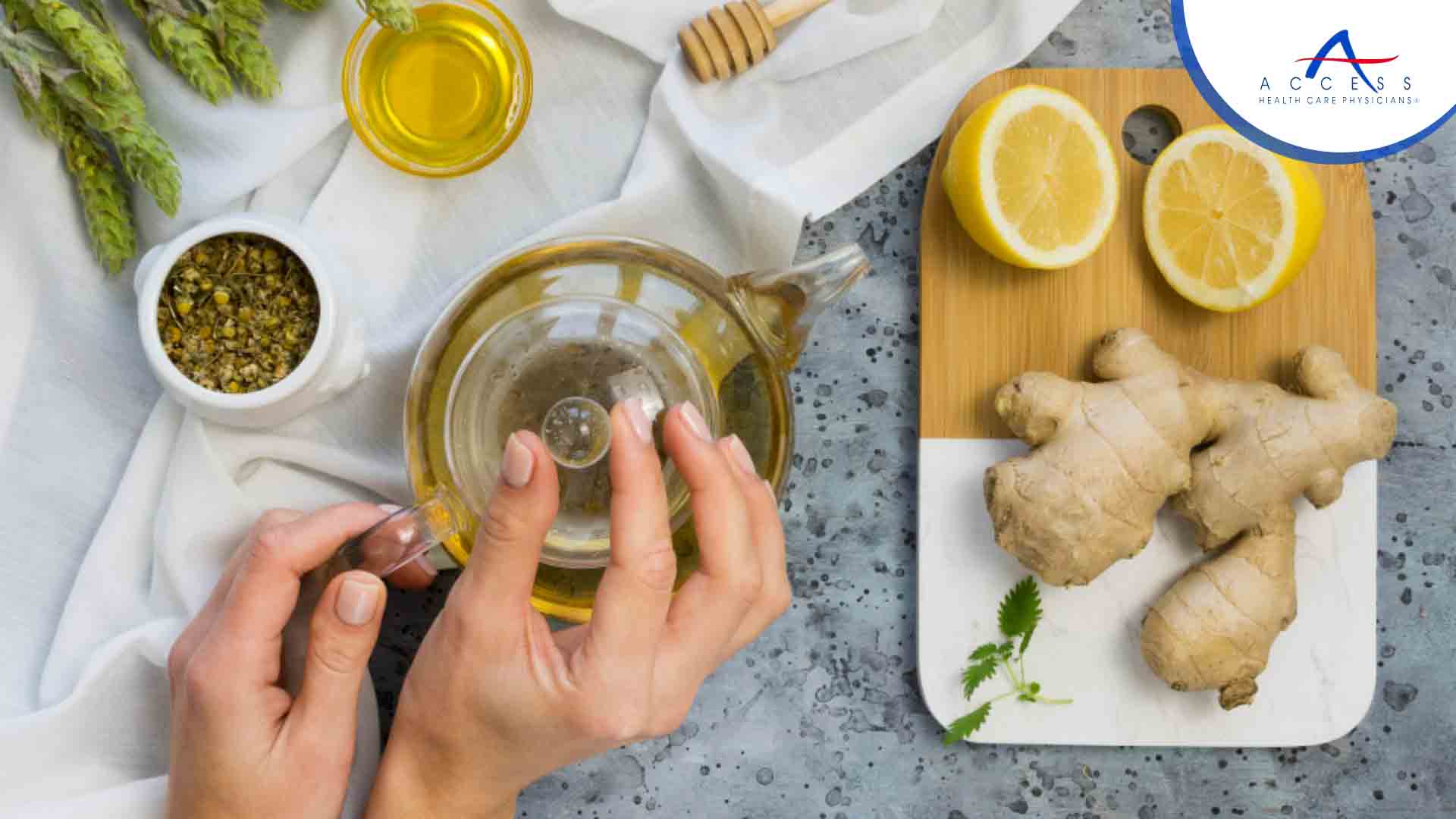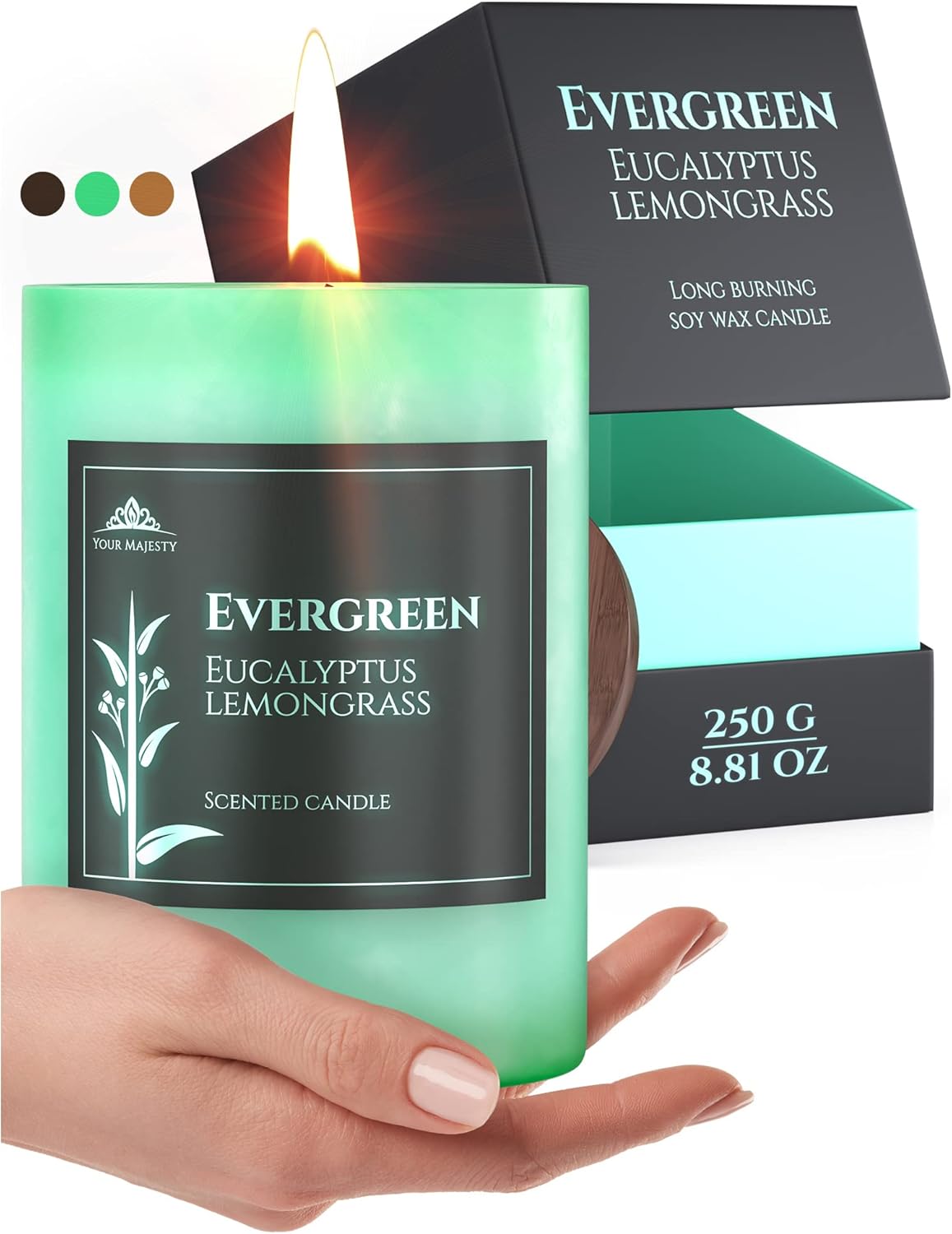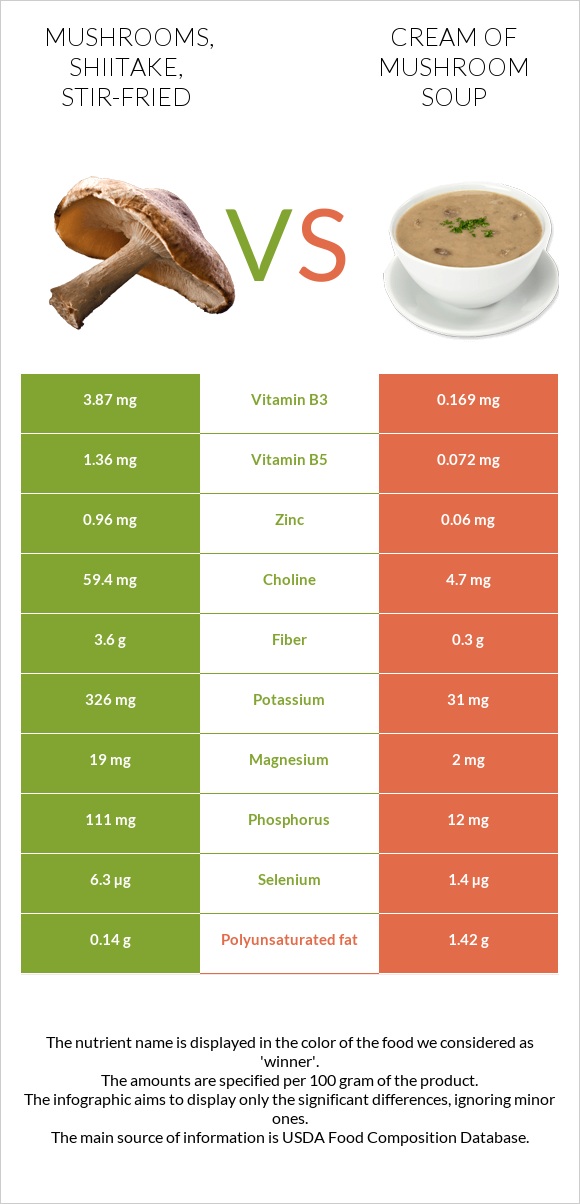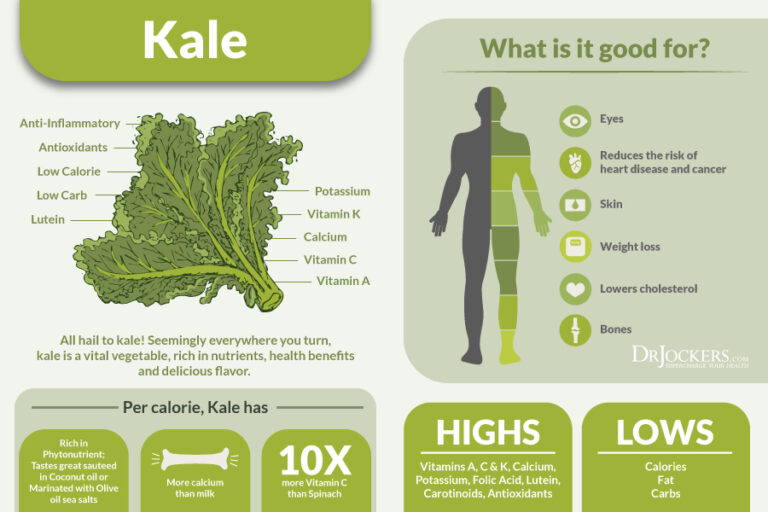Calm Your Nerves Naturally: Lemongrass for Stress and Anxiety Relief – A Journey into Botanical Serenity
In the ceaseless hum of the modern world, where the digital pulse often outpaces the natural rhythm of our hearts, stress and anxiety have become unwelcome companions for countless individuals. The quest for tranquility, for a moment of respite from the mental clamour, has never been more profound. While contemporary medicine offers a suite of solutions, a growing consciousness turns its gaze towards the ancient wisdom embedded in the natural world, seeking gentler, more holistic pathways to peace. It is within this landscape of yearning and discovery that a vibrant, unassuming grass, Cymbopogon citratus – more commonly known as lemongrass – emerges as a compelling protagonist in the story of natural stress and anxiety relief.
This is not merely an exposition of botanical properties; it is an invitation to embark on a journey. A journey that traverses the verdant fields where lemongrass first took root, through the annals of traditional medicine, into the meticulous laboratories of modern science, and finally, into the quiet corners of our daily lives where its soothing essence can truly make a difference. For the discerning mind, the knowledgeable seeker of well-being, this narrative will unravel the multifaceted story of lemongrass, from its fragrant origins to its scientifically validated mechanisms, painting a comprehensive picture of its profound capacity to calm our nerves naturally.
A Tapestry of Tradition: Lemongrass Through the Ages
The story of lemongrass is deeply interwoven with the cultural and medicinal tapestries of Southeast Asia, India, Africa, and parts of South America. Its vibrant, citrusy aroma, evocative of sunshine and fresh mornings, has graced kitchens and healing chambers for millennia, long before the advent of chemical synthesis or pharmaceutical interventions. This is a plant whose wisdom was understood intuitively, passed down through generations, a testament to empirical observation and a profound connection with nature.
Geographically, its origins are often traced to Maritime Southeast Asia, particularly Malaysia and Indonesia, from where it diffused across the globe through trade routes and human migration. In ancient India, it was revered in Ayurvedic medicine, known as "Bhutrina" or "Gandhatrina," primarily for its carminative properties (aiding digestion) and its ability to reduce fevers and alleviate pain. Yet, nestled within these broader applications was an understanding of its subtle influence on the mind and spirit. Traditional healers recognized its "calming" or "cooling" essence, often prescribing it as a gentle tonic for nervous dispositions, restlessness, and even mild insomnia.
Consider the village elder in a remote Thai community, observing a young mother grappling with post-partum anxiety, her sleep fractured, her spirit frayed. The elder might not have understood neurotransmitters or terpenes, but she understood the power of a warm, fragrant infusion. She would steep fresh lemongrass stalks, perhaps with a touch of ginger, creating a brew designed not just to nourish the body, but to settle the agitated mind, to lull it into a state of gentle repose. This was medicine born of empathy and generations of collective experience. Similarly, in African folk medicine, lemongrass was employed not only for its anti-malarial and anti-inflammatory effects but also as a nervine, a substance that soothes the nervous system, often incorporated into ritual baths or inhaled through steam to alleviate mental distress and promote relaxation.
The "story" here is one of quiet consistency. Across diverse cultures and centuries, despite varying names and specific applications, a common thread emerges: lemongrass was consistently recognized as a plant that brought balance. Its bright, uplifting scent countered melancholy, while its internal action settled internal turmoil. This intuitive wisdom, honed over countless generations, laid the foundational understanding that modern science is now meticulously dissecting and validating. It is a powerful reminder that sometimes, the answers we seek are not new discoveries, but rather ancient truths awaiting re-evaluation through a contemporary lens.
The Botanical Profile: Unpacking Cymbopogon citratus
To truly appreciate lemongrass, one must first understand its botanical identity. Cymbopogon citratus is a perennial grass belonging to the Poaceae family, a vast and economically significant family that includes cereals like wheat, rice, and maize. However, unlike its starchy cousins, lemongrass offers a different kind of sustenance – a vibrant, aromatic essence that speaks to our senses and, as we shall see, to our nervous system.
Visually, it is an elegant plant, forming dense clumps of slender, upright, blade-like leaves that can reach heights of up to three feet or more. The leaves are typically a vibrant green, with a subtle, almost iridescent sheen, and are sharply pointed. It’s the lower, thicker, pale-yellowish-green portion of the stalk, closest to the root, that is most commonly used in culinary and medicinal applications, as this is where the concentration of its aromatic compounds is highest. When bruised or cut, the plant releases an unmistakable, fresh, lemony aroma with earthy, grassy, and slightly sweet undertones – a scent that is both invigorating and deeply comforting.
The very name Cymbopogon is derived from Greek words: "kymbe" meaning boat, and "pogon" meaning beard, referring to the boat-shaped spathes that enclose its inflorescence. Citrus, of course, points to its characteristic lemon-like fragrance. This aroma is not merely a pleasant aesthetic; it is the very key to its therapeutic prowess. The volatile compounds responsible for this scent are complex and varied, forming a symphony of phytochemicals that interact with our physiology in profound ways.
Cultivation of lemongrass is relatively straightforward, thriving in warm, humid climates with ample sunshine and well-drained soil. It is a robust and resilient plant, making it an accessible and sustainable natural remedy. Its ease of growth, coupled with its myriad benefits, has ensured its widespread adoption globally, from small backyard gardens to large-scale commercial farms. This accessibility is a crucial part of its story – a powerful botanical ally that isn’t exclusive or rare, but readily available to those who seek its calming embrace.
The Science Unveiled: Decoding Lemongrass’s Anxiolytic Mechanisms
The transition from ancient intuition to modern understanding is paved with scientific inquiry. For the knowledgeable audience, merely stating that lemongrass is "calming" is insufficient. We must delve into the intricate dance of biochemistry that underlies its therapeutic effects. The story here shifts from anecdotal evidence to the molecular narrative, revealing the precise mechanisms by which Cymbopogon citratus interacts with our physiology to alleviate stress and anxiety.
Phytochemical Powerhouse: The Symphony of Compounds
The potent anxiolytic effects of lemongrass are primarily attributed to its complex essential oil, a rich blend of volatile organic compounds. The star player in this aromatic orchestra is Citral, a collective term for two isomeric aldehydes: Neral and Geranial. These two compounds alone can constitute up to 80% of the essential oil and are responsible for the characteristic lemon scent.
- Citral (Neral & Geranial): Beyond its aromatic appeal, citral is a powerhouse of biological activity. Research suggests it possesses sedative, anxiolytic (anxiety-reducing), and even antidepressant-like properties. Its mechanism is complex but is believed to involve interaction with the central nervous system.
- Myrcene: Another significant monoterpene found in lemongrass, myrcene is also present in hops, thyme, and cannabis. It is well-documented for its sedative, analgesic, and anti-inflammatory effects. In combination with citral, it contributes to the overall calming profile.
- Limonene: A cyclic terpene often associated with the peel of citrus fruits, limonene also offers anxiolytic and antidepressant effects. It’s known for its ability to uplift mood and reduce stress.
- Geraniol: This acyclic monoterpene alcohol contributes to the rose-like notes in lemongrass and has demonstrated neuroprotective, anti-inflammatory, and antioxidant properties, which indirectly support mental well-being by reducing systemic stress.
- Linalool: While typically found in higher concentrations in lavender, linalool is present in lemongrass and is a well-known anxiolytic and sedative compound, believed to act on GABAergic and glutamatergic systems.
Beyond these dominant terpenes, lemongrass also contains a variety of flavonoids and phenolic compounds. These are potent antioxidants and anti-inflammatory agents. Chronic stress is intrinsically linked to increased oxidative stress and inflammation in the body, which can exacerbate mood disorders. By mitigating these underlying physiological stressors, these compounds indirectly contribute to a sense of calm and well-being.
Neurotransmitter Modulation: A Gentle Hand on the Brain’s Controls
The brain’s intricate network of neurotransmitters dictates our mood, perception, and emotional responses. Anxiety, in many ways, is a disturbance in this delicate balance. Lemongrass, through its active constituents, appears to exert a gentle modulating effect on several key neurotransmitter systems.
- GABAergic System: Perhaps the most compelling scientific narrative for lemongrass’s anxiolytic action revolves around the Gamma-Aminobutyric Acid (GABA) system. GABA is the primary inhibitory neurotransmitter in the central nervous system, meaning it reduces neuronal excitability. When GABA binds to its receptors, it has a calming effect, slowing down brain activity. Many conventional anti-anxiety medications, like benzodiazepines, work by enhancing GABAergic transmission. While lemongrass does not mimic the potent binding affinity of pharmaceuticals, studies suggest that citral, myrcene, and linalool may interact with GABA receptors or influence GABAergic activity. This could involve promoting GABA synthesis, inhibiting its breakdown, or subtly modulating receptor sensitivity, leading to a gentle, natural reduction in neuronal hyperexcitability and, consequently, anxiety. It’s a nuanced dance, not a forceful push, allowing the brain to naturally lean towards a state of relaxation.
- Serotonin and Dopamine: While direct, robust evidence for lemongrass directly modulating serotonin or dopamine levels is less established compared to the GABAergic system, the overall improvement in mood and well-being reported by users suggests indirect influences. By reducing oxidative stress and inflammation, and improving sleep quality (which lemongrass is also known to do), it can create an environment conducive to balanced serotonin and dopamine production and function, contributing to a more stable and positive mood.
Anti-inflammatory and Antioxidant Pathways: Building Resilience
The story of stress and anxiety is not confined solely to the brain. Chronic stress profoundly impacts the entire body, triggering systemic inflammation and increasing oxidative stress – an imbalance between free radicals and antioxidants. This physiological burden contributes to a vicious cycle, where physical discomfort and cellular damage can exacerbate psychological distress.
Lemongrass, rich in flavonoids and phenolic acids, acts as a potent antioxidant, neutralizing harmful free radicals that damage cells and contribute to aging and disease. Simultaneously, its anti-inflammatory compounds, like geraniol and some flavonoids, help to quell systemic inflammation. By addressing these foundational physiological stressors, lemongrass doesn’t just mask anxiety symptoms; it helps build a more resilient physiological foundation, making the body less susceptible to the physical manifestations that often accompany chronic mental stress. This holistic approach is crucial for sustained well-being.
Aromatherapeutic Effects: The Direct Path to the Limbic System
The most immediate and often profound impact of lemongrass is experienced through its aroma. The olfactory system offers a unique, direct pathway to the brain’s emotional and memory centers – the limbic system, which includes the amygdala (involved in fear and emotion) and the hippocampus (memory formation).
When lemongrass essential oil is inhaled, its volatile molecules are detected by olfactory receptors in the nasal cavity. These receptors send electrical signals directly to the olfactory bulb, which then transmits them to various parts of the brain, including the limbic system, bypassing the thalamus (the brain’s sensory relay station). This direct communication means that the aroma can almost instantaneously influence mood, emotions, and physiological responses.
Studies on aromatherapy have consistently shown that inhaling lemongrass essential oil can reduce heart rate, blood pressure, and cortisol levels (the "stress hormone"), while simultaneously promoting feelings of relaxation and calm. The narrative here is one of immediate sensory immersion, where the very act of breathing in the plant’s essence can begin to unravel the knots of tension within us. It’s a powerful, non-invasive intervention that harnesses our innate connection to scent.
From Lab Bench to Lived Experience: Empirical Evidence and Human Studies
While the molecular mechanisms provide a compelling scientific narrative, the true validation of lemongrass’s anxiolytic properties lies in empirical evidence, moving from in vitro (test tube) and in vivo (animal) studies to human clinical trials. For the knowledgeable audience, the rigor of research is paramount.
Numerous animal studies have consistently demonstrated the anxiolytic and sedative effects of lemongrass extracts and essential oil. For instance, rodent models subjected to stress often show reduced anxiety-like behaviors (e.g., increased time in open arms of a maze, reduced freezing behavior) and improved sleep patterns when administered lemongrass compounds. These studies provide crucial foundational evidence, suggesting that the observed effects are not merely placebo but involve measurable physiological changes.
Translating these findings to human experience, however, requires specific human clinical trials, which, while fewer in number and scale for lemongrass specifically targeting anxiety disorders, offer encouraging insights:
- Aromatherapy Studies: Several studies have focused on the inhalation of lemongrass essential oil. One notable study demonstrated that participants exposed to lemongrass essential oil aroma experienced a significant reduction in subjective stress levels and an improvement in mood. Another study showed that inhaling lemongrass oil helped reduce heart rate and anxiety in patients awaiting surgical procedures, highlighting its potential in acute stress situations. These studies, while often small, underscore the potent aromatherapeutic effect.
- Topical Application: Research on topical application, often in massage oils, suggests that the transdermal absorption of lemongrass compounds can lead to systemic effects, contributing to muscle relaxation and a reduction in generalized tension, which indirectly alleviates anxiety symptoms.
- Oral Consumption (Tea/Extracts): While less direct research specifically links lemongrass tea to anxiety disorder treatment, the traditional use and general well-being studies are compelling. Given its rich antioxidant and anti-inflammatory profile, regular consumption contributes to overall physiological balance, which is a known buffer against chronic stress and mood fluctuations. Its gentle sedative properties are often reported to aid in sleep, a critical component of anxiety management.
It is important to acknowledge that larger, double-blind, placebo-controlled clinical trials specifically examining lemongrass as a primary treatment for diagnosed anxiety disorders are still emerging. The narrative here is one of continuous scientific exploration, building upon a strong foundation of traditional use and preliminary research. The existing evidence, however, strongly supports its role as a powerful supportive agent in stress and anxiety management, offering a gentle, natural alternative or complement to conventional approaches.
The Art of Integration: Practical Applications for Nerves Relief
Understanding the science is one thing; integrating it into daily life is another. The story of lemongrass for stress and anxiety relief culminates in its practical application, offering accessible and enjoyable ways to harness its power. For the knowledgeable individual, these methods are not just about consumption, but about conscious, mindful engagement with the plant.
Lemongrass Tea: The Warm Embrace
The simplest and perhaps most time-honored method is the preparation of lemongrass tea. This ritualistic act in itself can be a powerful stress-reducer.
- Preparation:
- Fresh: Take 1-2 stalks of fresh lemongrass. Trim the ends, remove any dry outer layers, and then bruise the stalks by gently pounding them with the back of a knife or rolling pin. This releases the essential oils. Chop them into 1-inch pieces. Place in a mug, pour hot (not boiling) water over them, and steep for 5-10 minutes. Strain and enjoy. Adding a slice of ginger or a squeeze of lemon can enhance both flavor and efficacy.
- Dried: Use 1-2 teaspoons of dried lemongrass per cup of hot water. Steep for 5-7 minutes.
- Dosage & Timing: There’s no strict "dose" for tea, but 1-3 cups daily, especially in the evening, can be beneficial. The warmth and aroma contribute significantly to its calming effect.
- The Ritual: The act of preparing and slowly sipping a warm cup of lemongrass tea can become a meditative practice. It forces a pause, a moment of stillness in a busy day, allowing the mind to gently disengage from stressors.
Essential Oil (Aromatherapy): An Immediate Olfactory Journey
Lemongrass essential oil offers a concentrated dose of its therapeutic compounds, making it ideal for immediate aromatic impact.
- Diffusion: Add 3-5 drops of pure lemongrass essential oil to a diffuser. Diffuse in your living space, office, or bedroom for 15-30 minutes at a time. The continuous release of the aroma can create a calming atmosphere. Ensure good ventilation.
- Topical Application: Dilute lemongrass essential oil with a carrier oil (such as jojoba, almond, or coconut oil) at a 1-3% concentration (e.g., 3-9 drops per tablespoon of carrier oil). Apply to pulse points, the temples, the back of the neck, or massage into the soles of the feet. Always perform a patch test first to check for skin sensitivity.
- Direct Inhalation: For quick relief, place 1-2 drops of essential oil on a cotton ball or tissue and inhale directly, or add a few drops to a bowl of hot water and inhale the steam (with eyes closed to avoid irritation).
- Safety Precautions: Lemongrass essential oil is potent. Never ingest it without expert guidance. It can be a dermal irritant for some, especially undiluted, and may be phototoxic (increase sun sensitivity) for very sensitive skin. Avoid during pregnancy without consulting a healthcare professional.
Culinary Uses: Infusing Calm into Every Meal
Beyond tea, integrating lemongrass into cooking allows for subtle, continuous exposure to its beneficial compounds.
- Infusions: Use whole or bruised stalks to infuse broths, soups (like Tom Yum or Tom Kha Gai), curries, and rice. The flavor is bright and refreshing, adding an exotic twist while delivering its calming properties.
- Stir-fries & Marinades: Finely mince the tender inner part of the stalk and add to stir-fries, marinades for poultry or fish, and salad dressings.
- Desserts & Drinks: Experiment with lemongrass in desserts like panna cotta or crème brûlée, or infuse it into homemade lemonades or cocktails for a unique, calming twist.
Blends and Synergies: Enhanced Tranquility
Lemongrass plays well with others. Its calming effects can be amplified when combined with other well-known nervine herbs or essential oils.
- Herbal Tea Blends: Combine dried lemongrass with chamomile, lemon balm, passionflower, or lavender for a synergistic calming tea.
- Essential Oil Blends: Diffuse or apply topically lemongrass with lavender, bergamot, frankincense, or ylang-ylang for a more complex and potent anxiolytic aroma. The concept of synergy suggests that the combined effect of these compounds can be greater than the sum of their individual parts.
Beyond the Biochemistry: The Holistic Story of Lemongrass
The narrative of lemongrass for anxiety relief extends beyond mere biochemistry and practical application. For the knowledgeable individual seeking profound well-being, it encompasses the holistic interplay of mind, body, and spirit. The "story" here becomes deeply personal.
Mind-Body Connection: An Experiential Journey
It’s not just the active compounds that calm; it’s the entire experience. The act of choosing a natural remedy, preparing it with intention, and engaging with its sensory qualities fosters a deeper connection to one’s own well-being. This conscious engagement can be incredibly empowering, shifting one from a passive recipient of medicine to an active participant in their own healing journey.
Ritual and Mindfulness: Cultivating Presence
Incorporating lemongrass into daily life can naturally foster moments of mindfulness. The gentle steam from a cup of tea, the subtle fragrance diffusing through a room, the vibrant taste in a meal – these are anchors that pull us into the present moment. In a world often characterized by frantic multi-tasking and future-oriented anxiety, these small rituals create pockets of presence, allowing the nervous system to recalibrate and find its natural rhythm.
Sensory Experience: A Symphony for the Soul
The sensory profile of lemongrass is intrinsically linked to its calming effects. Its bright, clean aroma can uplift and clarify the mind, cutting through mental fog and emotional heaviness. The warmth of a tea soothes the digestive system, a crucial "second brain" intimately linked to mood. This multi-sensory engagement contributes to a comprehensive feeling of well-being, reminding us that healing is often a beautiful, sensory experience.
The Power of Nature: Reconnection and Empowerment
Choosing natural remedies like lemongrass is, for many, a reconnection with the inherent wisdom of the earth. It is a recognition that our bodies, fundamentally natural organisms, often respond harmoniously to natural interventions. This re-establishes a sense of agency and empowerment, moving away from reliance solely on external pharmaceutical solutions towards a more balanced, integrated approach to health. The story is one of reclaiming innate resilience through the gifts of the botanical world.
Navigating the Nuances: Precautions, Quality, and Sustainability
A knowledgeable audience understands that even natural remedies require careful consideration. The story of responsible use is just as important as the story of efficacy.
Safety Considerations: Prudence in Practice
While generally safe for most, especially in culinary amounts or as tea, a few precautions are warranted:
- Pregnancy and Breastfeeding: Consult a healthcare provider before using lemongrass essential oil or concentrated extracts during pregnancy or breastfeeding, as data on safety is limited. Culinary use is generally considered safe.
- Children: Use essential oils with extreme caution on children, always heavily diluted, and preferably under professional guidance.
- Drug Interactions: While unlikely with tea, concentrated essential oil might theoretically interact with certain medications, particularly blood thinners or sedatives. If on medication, consult a doctor.
- Allergies/Sensitivity: Some individuals may experience skin irritation or allergic reactions to topical application of lemongrass essential oil. Always perform a patch test. In rare cases, ingestion may cause mild digestive upset.
- Phototoxicity: Lemongrass essential oil can be phototoxic for very sensitive individuals when applied to the skin and then exposed to strong sunlight. Use caution or avoid topical application before sun exposure.
Sourcing and Quality: The Purity of Purpose
The efficacy of lemongrass, especially its essential oil, is highly dependent on its quality.
- Essential Oils: Invest in pure, therapeutic-grade essential oils from reputable suppliers. Look for oils that are organic, steam-distilled, and clearly labeled with botanical name (Cymbopogon citratus), country of origin, and extraction method. Adulterated or low-quality oils may lack therapeutic benefits and could even be harmful.
- Fresh/Dried Herb: For tea and culinary use, opt for organic lemongrass whenever possible. Fresh stalks should be firm, vibrant green, and fragrant. Dried lemongrass should be stored in an airtight container away from light and heat to preserve its volatile compounds.
Environmental Impact: A Sustainable Future
The growing popularity of natural remedies brings with it the responsibility of sustainable sourcing. Supporting producers who employ ethical harvesting practices, organic cultivation, and fair trade principles ensures that the story of lemongrass can continue for future generations, preserving both its medicinal properties and the ecosystems from which it originates.
The Future Landscape: Unfinished Chapters
The story of lemongrass is far from over. For the knowledgeable, forward-thinking mind, there are always horizons to explore.
- Further Research: The need for larger, placebo-controlled human clinical trials specifically investigating lemongrass’s efficacy in diagnosed anxiety disorders remains a critical area for future research. This would solidify its position within evidence-based complementary medicine.
- Specific Anxiety Profiles: Investigating which specific anxiety profiles (e.g., generalized anxiety, social anxiety, panic disorder) respond best to lemongrass could lead to more targeted applications.
- Synergistic Blends: More research into optimal synergistic blends with other anxiolytic herbs or compounds could unlock even greater therapeutic potential.
- Novel Delivery Methods: Exploring innovative delivery methods, beyond traditional tea and diffusion, could enhance bioavailability and user experience.
- Integrating Traditional and Modern: A deeper, more systematic integration of traditional knowledge with modern pharmacological research could uncover subtle nuances and applications currently overlooked.
Conclusion: The Story Continues
From the sun-drenched fields of Southeast Asia to the quiet contemplation of a modern mind seeking solace, the journey of lemongrass for stress and anxiety relief is a compelling narrative of ancient wisdom meeting contemporary science. It is a story woven with the threads of tradition, validated by the meticulous unraveling of biochemistry, and brought to life through practical, mindful application.
Lemongrass, with its vibrant aroma and gentle power, stands as a testament to nature’s profound capacity to heal and restore balance. It is not presented as a panacea or a replacement for professional medical advice, but rather as a remarkable, accessible, and scientifically supported ally in the ongoing quest for well-being. Its multifaceted benefits – from calming the nervous system through GABAergic modulation, to reducing inflammation and oxidative stress, and offering immediate aromatic comfort – paint a holistic picture of its anxiolytic prowess.
For the knowledgeable individual, the invitation is clear: to explore this botanical balm not as a fleeting trend, but as a deeply rooted, gentle, and effective component of a comprehensive approach to managing stress and anxiety. The story of finding calm, of reconnecting with our innate capacity for peace, continues with each individual’s journey, often finding its most fragrant and profound chapters within the simple, yet extraordinary, essence of lemongrass.






